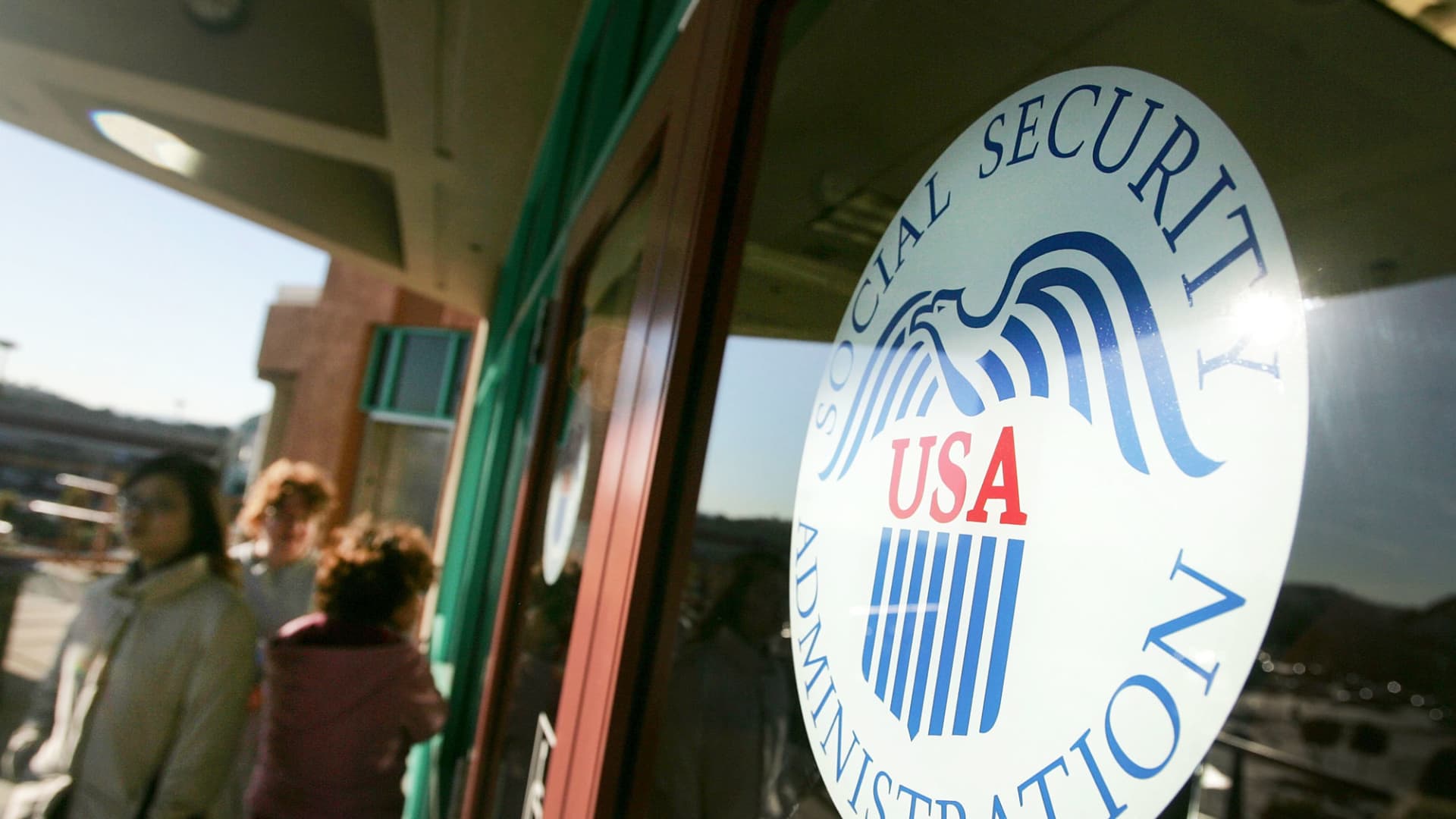The Social Security Administration’s average wait time for an initial disability decision hit an all-time high in August of more than six months, or 198 days — almost three times higher than it was a decade ago.
That is just one of many signs that Social Security’s services have not been able to keep up as the agency’s funding falls short of what it needs, experts said this week.
In a letter sent Thursday to Senate Majority Leader Chuck Schumer, D-N.Y., and Minority Leader Mitch McConnell, R-Ky., AARP noted wait times of about 31 minutes on Social Security’s 800 number, about 10 times longer than they were in 2012. Meanwhile, the average disability claimant today waits more than two years for a final decision, while more than 10,000 people die each year without an answer, the nonpartisan organization said in its letter.
More from Personal Finance:
Social Security adds safety protocols for in-office visits
Inflation is driving long-term care costs even higher
Social Security could be a ‘front-burner issue’ in November’s election
Complaints also surfaced recently of long lines in high temperatures at certain Social Security offices.
AARP this week separately sent a letter to the Social Security Administration expressing its concerns over the long customer service waits.
Problems stem from ‘a steady erosion’ of funding
The federal agency has been stretched thin as its operating budget shrank by 14% from 2010 to 2021 and the number of beneficiaries climbed by 22% to more than 70 million, including both Social Security and Supplemental Security Income beneficiaries.
“The added burden occasioned by the pandemic did not help matters, but a steady erosion in SSA’s administrative funding over the past decade is the primary reason for the rapid decline in customer service,” wrote Nancy A. LeaMond, executive vice president and chief advocacy and engagement officer at AARP.
Congress will have a chance to alleviate the situation when it considers a continuing resolution to allow government agencies such as Social Security to continue full operations when the fiscal year begins on Oct. 1. To date, no appropriations bill has been enacted for fiscal year 2023.
Continuing resolutions typically include what’s known as anomaly provisions, which will present an opportunity to provide additional funding for Social Security, Kathleen Romig, director of Social Security and disability policy at the Center on Budget and Policy Priorities, wrote this week.
A current proposal calls for raising Social Security’s operating budget by $800 million, or 6%, while the continuing resolution is in effect. Though that falls short of the more than $1 billion President Joe Biden had requested for the agency’s operating budget for 2023, it would still help to shore up the agency’s resources, according to Romig.
Yet without additional funding for Social Security through anomaly treatment, the agency’s customer service issues would worsen if it were forced to rely on 2022 funding levels, Romig predicted. The agency would have to cut back in certain areas as it faces rising costs, which could include a hiring freeze and reduced overtime.
High employee turnover exacerbates long waits
Some of the more pronounced service issues are popping up where employee departure rates are highest, Romig noted.
State disability discrimination services, where initial disability decisions are made, have a 25% attrition rate, she said. That has contributed to the record-high average wait time for initial disability decisions. Those state services are funded by the Social Security Administration.
The highest employee departure rate within the Social Security Administration is within the teleservice centers, according to Romig, which has led to long wait times on the phone.
Without more funding, those issues could be exacerbated. “With those very high levels of attrition, definitely things are going to get worse,” Romig said.
‘People are struggling to complete even routine tasks’
The service issues not only affect Social Security beneficiaries, but also anyone who needs to access the agency for other reasons, such as a name change, reporting a family member’s death or requesting a new card.
“Seventy million Americans get Social Security and/or SSI, so this is just affecting a huge number of people,” Romig said. “And people are struggling to complete even routine tasks.”
As AARP has worked to raise awareness of Social Security’s customer service woes, no congressional office has ever said they do not hear from constituents who seek help sorting out problems they encounter with the Social Security Administration, said Cristina Martin Firvida, vice president of government affairs at AARP.
Now, there is a sense that attention to the problem has increased, she said, as House Ways and Means Committee leaders and others have called attention to these issues.
“There are a number of key lawmakers, policymakers who are really starting to zero in on this as a problem that can’t stay on the back burner anymore,” Firvida said.
